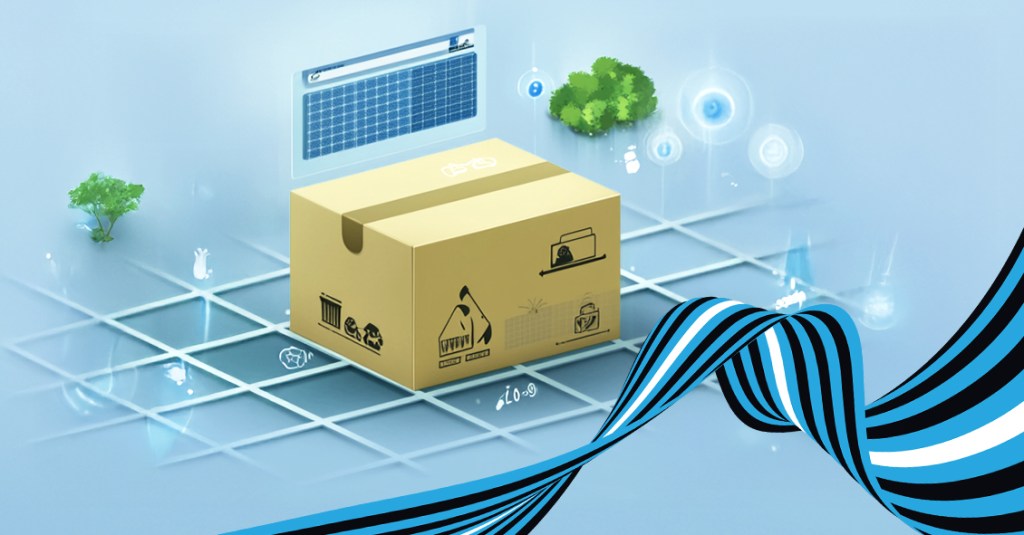Everest Group Report Highlights Technological Breakthroughs Driving Sustainable Packaging and Circular Economy Transformation

As global enterprises intensify their climate and sustainability commitments, Everest Group has released a new report spotlighting how emerging technologies in packaging materials and smart systems unlock scalable pathways toward circularity. The report, “Technological Advances in Sustainable Packaging and Its Role in a Circular Economy,” provides an in-depth analysis of next-generation innovations reshaping the packaging value chain.
The research explores how bio-based materials, intelligent packaging systems, and end-of-life optimization are converging to address urgent environmental demands while creating operational and reputational value for brands.
Cecilia Van Cauwenberghe, research director, Everest Group:
“Packaging is no longer just a containment and delivery mechanism. It’s a critical lever for decarbonization, regulatory compliance, and brand differentiation. Our report highlights the technologies and ecosystem shifts that are making circular packaging both technically viable and commercially attractive.”
Key Findings from the report
- Material innovation is advancing rapidly
The study identifies four major categories of sustainable material innovation:
- Bio-based polymers from renewable feedstocks
- Mono-material laminates optimized for recyclability
- Compostable films and fiber-based composites
- Technologies enabling enzymatic degradation and detoxification
- Smart packaging enhances traceability and lifecycle management
With embedded sensors, digital watermarks, and IoT connectivity, smart packaging is enabling precise sorting, reducing contamination, and enhancing logistics efficiency.
- Ecosystem collaboration is essential
The report emphasizes the need for alignment across manufacturers, brands, regulators, recyclers, and consumers to scale adoption. Everest Group maps readiness across industry segments and outlines real-world case studies from early adopters.
- Policy and consumer forces are accelerating innovation
Regulatory mandates and consumer expectations are combining to force rapid changes in packaging design and sourcing, particularly in consumer goods, healthcare, food and beverage, and logistics sectors.
Strategic guidance for enterprises
The report offers actionable recommendations for enterprises across the value chain:
- Brands and retailers should redesign packaging with circularity in mind, integrating recyclable or compostable materials and smart features that enable reuse and traceability.
- Packaging manufacturers must invest in flexible production capabilities to handle new material formats and embedded technology.
- Policymakers are urged to harmonize compostability and biodegradability standards, while incentivizing adoption through grants and certifications.
Implications for business leaders
The report includes sector-specific insights for:
- Sustainability and ESG leaders: How to align packaging with enterprise climate goals
- Product and R&D heads: How to accelerate adoption of circular packaging formats
- Supply chain executives: How to integrate reusable packaging into logistics systems
The full report, Technological Advances in Sustainable Packaging and Its Role in a Circular Economy, is available now via Technological Advances in Sustainable Packaging and its Role in a Circular Economy – Everest Group Research Portal. It includes deep-dive frameworks, adoption timelines, and strategic checklists to support near, and long-term planning.